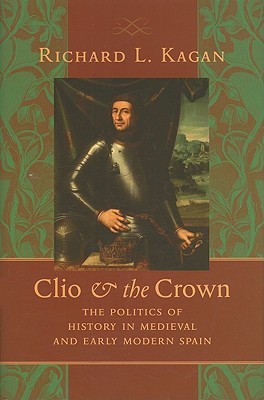

Most ebook files are in PDF format, so you can easily read them using various software such as Foxit Reader or directly on the Google Chrome browser.
Some ebook files are released by publishers in other formats such as .awz, .mobi, .epub, .fb2, etc. You may need to install specific software to read these formats on mobile/PC, such as Calibre.
Please read the tutorial at this link: https://ebookbell.com/faq
We offer FREE conversion to the popular formats you request; however, this may take some time. Therefore, right after payment, please email us, and we will try to provide the service as quickly as possible.
For some exceptional file formats or broken links (if any), please refrain from opening any disputes. Instead, email us first, and we will try to assist within a maximum of 6 hours.
EbookBell Team

0.0
0 reviewsMonarchs throughout the ages have commissioned official histories that cast their reigns in a favourable light for future generations. These accounts, sanctioned and supported by the ruling government, often gloss over the more controversial aspects of a king's or queen’s time on the throne. Instead, they present highly selective and positive readings of a monarch’s contribution to national identity and global affairs.
In Clio and the Crown, Richard L. Kagan examines the official histories of Spanish monarchs from medieval times to the middle of the 18th century. He expertly guides readers through the different kinds of official histories commissioned: those whose primary focus was the monarch; those that centred on the Spanish kingdom as a whole; and those that celebrated Spain’s conquest of the New World. In doing so, Kagan also documents the life and work of individual court chroniclers, examines changes in the practice of official history, and highlights the political machinations that influenced the redaction of such histories.
Just as world leaders today rely on fast-talking press officers to explain their sometimes questionable actions to the public, so too did the kings and queens of medieval and early modern Spain. Monarchs often went to great lengths to exert complete control over the official history of their reign, physically intimidating historians, destroying and seizing manuscripts and books, rewriting past histories, and restricting history writing to authorized persons.
Still, the larger practice of history writing—as conducted by non-royalist historians, various scholars and writers, and even church historians—provided a corrective to official histories. Kagan concludes that despite its blemishes, the writing of official histories contributed, however imperfectly, to the practice of historiography itself.